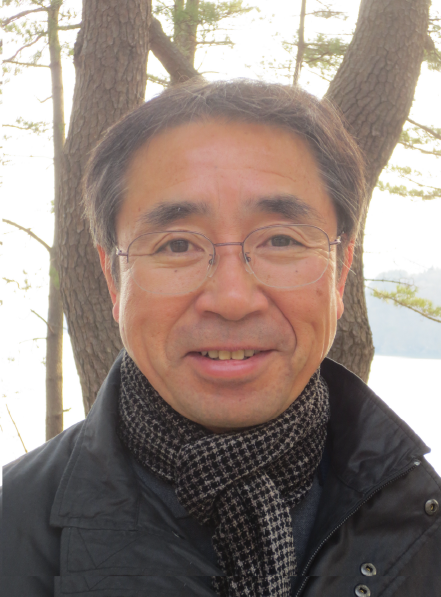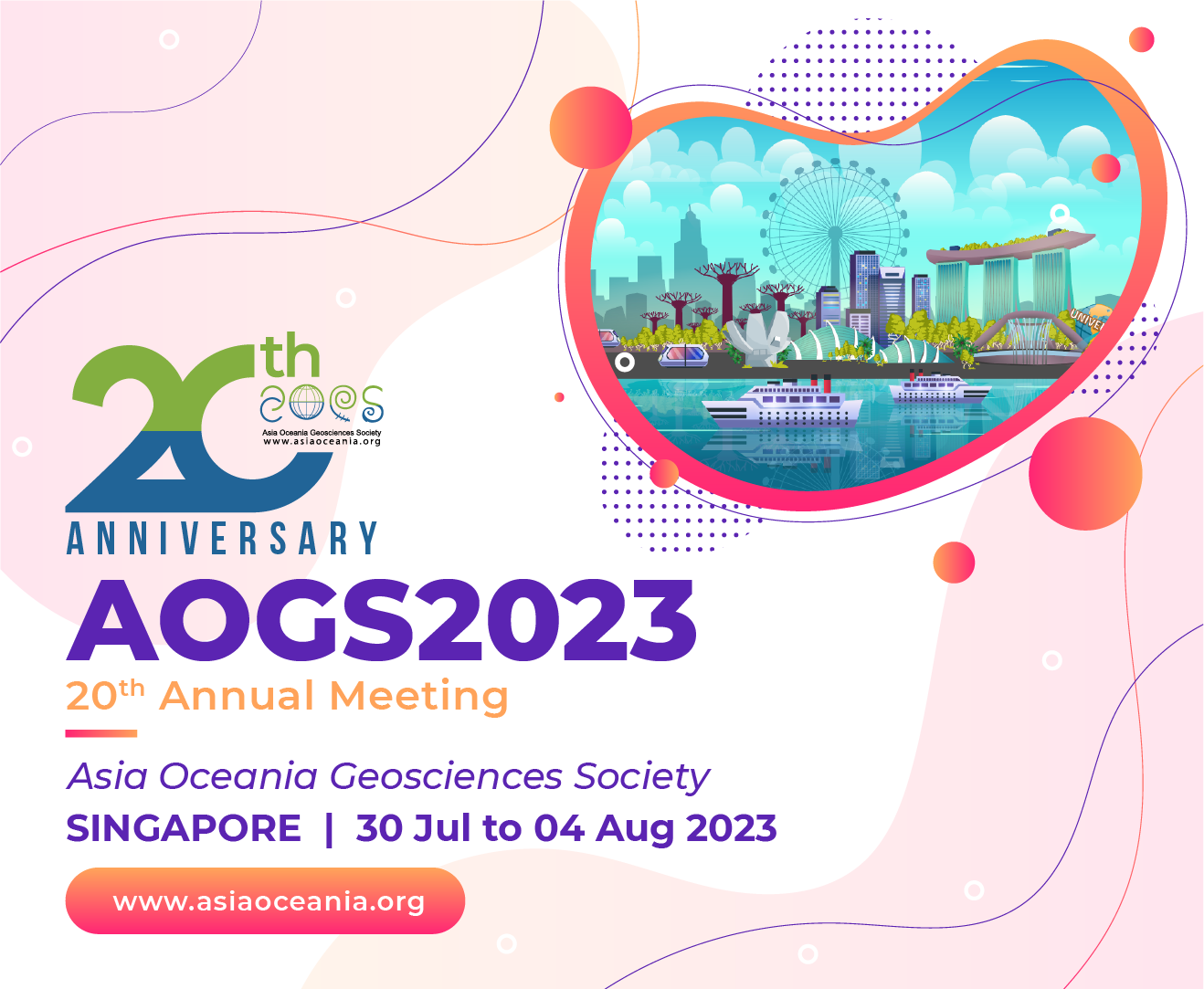

Hidekatsu YAMAZAKI
Shanghai Ocean University
Hidekatsu Yamazaki is Distinguished Professor of College of Marine Ecology and Environment, Shanghai Ocean University and Emeritus Professor of Tokyo University of Marine Science and Technology. He received Ph.D. in ocean engineering from Texas A&M University in 1984. He worked at Department of Oceanography, Naval Postgraduate School (NPS) and switched his expertise from ocean engineering to oceanography. His interest in oceanic microstructures, particularly turbulence and plankton, started at NPS. He also worked at Chesapeake Bay Institute, Johns Hopkins University and School of Earth and Ocean Science, University of Victoria before he returned to Japan in 1993. His research spans from oceanic microstructures to fisheries ground environments as well as various biophysical coupling problems.
| 5 Selected Publications | |
| 1. | Yamazaki, H. 1990: Stratified turbulence near a critical dissipation rate, J. Phys. Oceanogr., 20, 1583-1593. |
| 2. | Yamazaki, H. and T.R. Osborn, 1993a: Direct estimation of heat flux in a seasonal thermocline, J. Phys. Oceanogr., 23, 503-516. |
| 3. | Yamazaki, H., D. Mackas and K. Denman 2002: Coupling small scale physical processes with biology, The Sea: Biological-Physical interaction in the Ocean, edited by A.R. Robinson, J.J. McCarthy and B.J. Rothschild, Chapter 3, 51-112 |
| 4. | Doubell, M.J., H. Yamazaki, H. Li and Y. Kokubu 2009: An advanced laser-based fluorescence microstructure profiler (TurboMAP-L) for measuring bio-physical coupling in aquatic systems, J. Plank. Res., 31 (12), 1441-1452. |
| 5. | Priyadarshi, A.,R. Chandra, S.L. Smith and H.Yamazaki 2021: Environmental heterogeneity enhances transfer efficiency in a model of the food chain from plankton to fish. J. Mar. Sys., https://doi.org/10.1016/j.jmarsys.2021.103555 |
OS Distinguished Lecture | 01 August (Tue) 08:15 AM – 10:00 AM | Level 3 MR308
How Planktonic Organisms Adapted to Turbulent Environments?
Abstract: Life of the earth appeared roughly 3.8 billion years ago and spent nearly 3 billion years as single-cell organisms. Due to the limitation of molecular diffusion, a single cell can be no more than 1 mm scale, in which the viscosity dominates (the Kolmogorov scale). Under this condition, life stayed another half billion years before multicell organisms emerged. At the present date, most phytoplankton cells are below the Kolmogorov scale. Even a large faction of zooplankton is also not free from the viscosity of water. It would be unwise to assume that all microscale organisms do not pay attention to the immediate surrounding fluid motions. In fact, many microscale organisms swim more than 10 body-lengths per second, whereas most large-scale organisms swim an order of one body-length per second. Clearly, microorganisms have the ability to manipulate the properties of water. In order to maintain the population, phytoplankton require sunlight and nutrients; zooplankton pay attention to feeding, mating and escaping from predators. In this presentation, I will show how I studied the interaction between turbulence (physics) and planktonic organisms. In order to study these scientific questions, I developed a series of observational equipment, as well as numerical models. I will briefly show the history of these developments.
